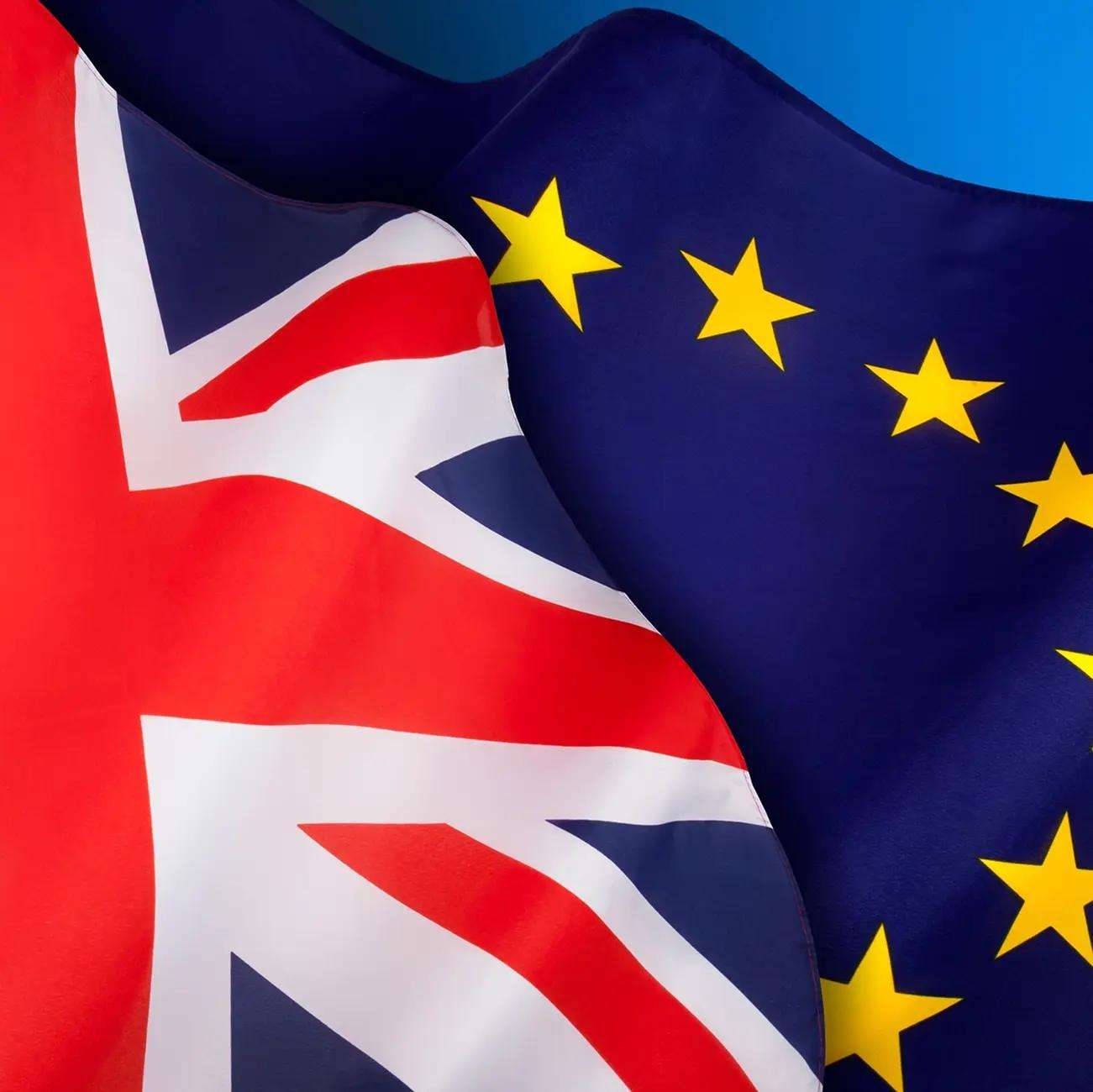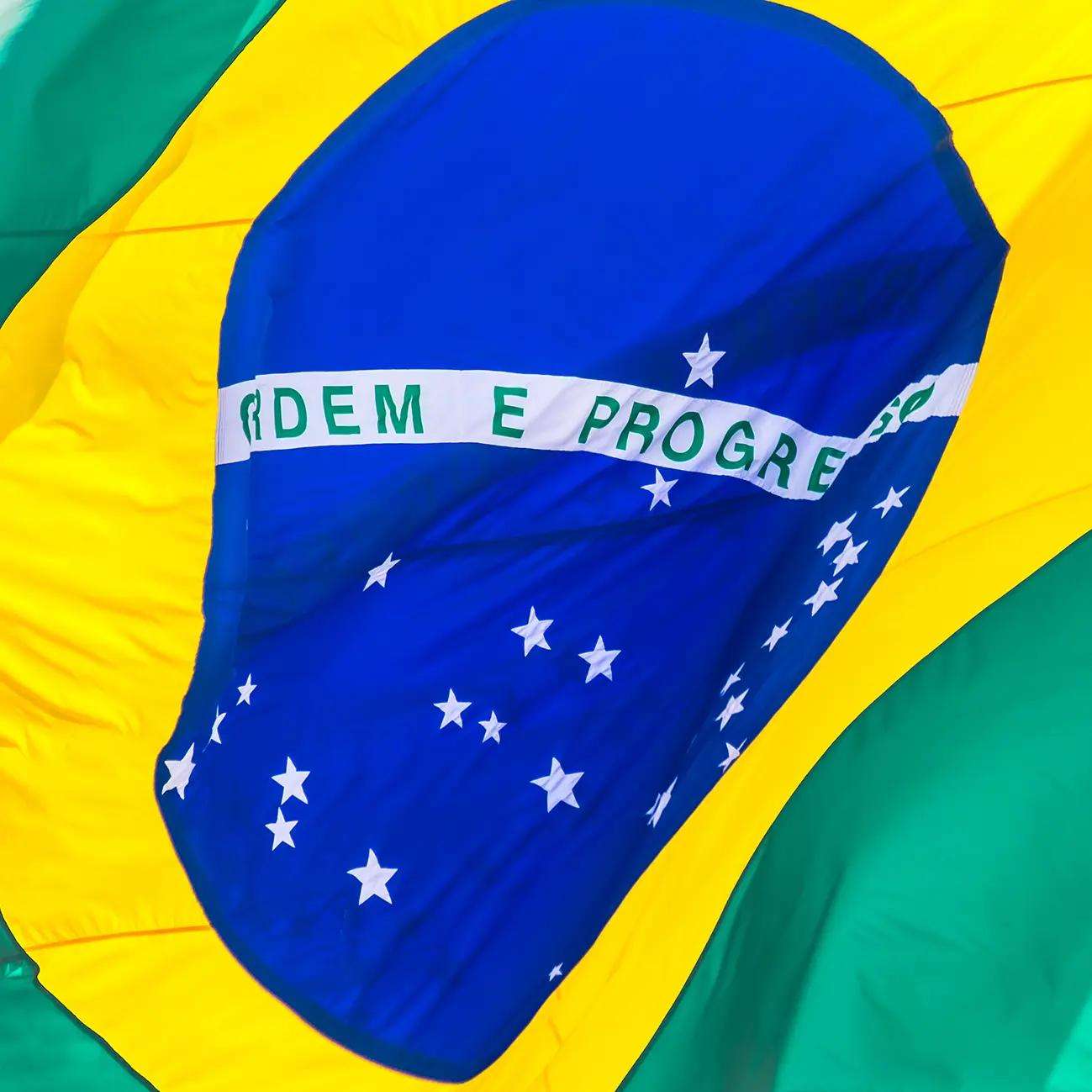
Book Review: Die with Zero by Bill Perkins
The aim of the book is to help you shift focus from maximizing wealth to maximizing life experiences.



Opinion: DoL must regulate IRA accounts
Kerry Pechter, author of Annuities for Dummies & editor of the RIJ explains why new rules on annuities are needed



What Is a Tontine? Should You Invest In One?
Ruth Saldanha asks: Is a Tontine the Best Way to Get Income in Retirement?



Tontine Trust joins UK Pension Transfers Initiative
In preparation for the future launch of Tontines in the UK & Europe, we have signed up for the FCA endorsed scheme



The OECD recommends mandatory lifetime income tontines
New OECD Legal Instrument 0467 mandates that pensions should include lifetime income in the pay-out phase.



How Tontines could bring Innovative Mutualism to Brazil
José Ribeiro Pena Neto, former CEO of Abrapp, discusses how Tontines could improve the Brazilian pension system



A pensions new deal? Brookings backs tontines…
US think-tank Brookings is calling for pensions to be more equitable & that tontines have an important role to play



Canada joins the global shift to tontine pensions.
Following on the heels of the OECD recommending that tontine pensions become mandatory, Canada is backing tontines



Tontines offer a solution to Pakistan's pension reform
Pension manager Nadeem Jeddy argues in the Dawn newspaper for reforming Pakistan's public pensions using tontines



Barrons: Tontine Pensions to Lessen Longevity Risk
In the U.S., tontines could be offered as 401(k)s or IRAs, or a group of private investors could set one up.



Tontines: the solution to the decumulation conundrum?
Tontines could be making a comeback as the number of supporters is growing.



Tontines to rebuild the economy after a pensions crisis
How Belgium plans for recovery in the post-Covid world.



Fintech's Answer To The Global Retirement Crisis
Fintech Tontine Trust sees an opportunity where millions deserve better solutions.


